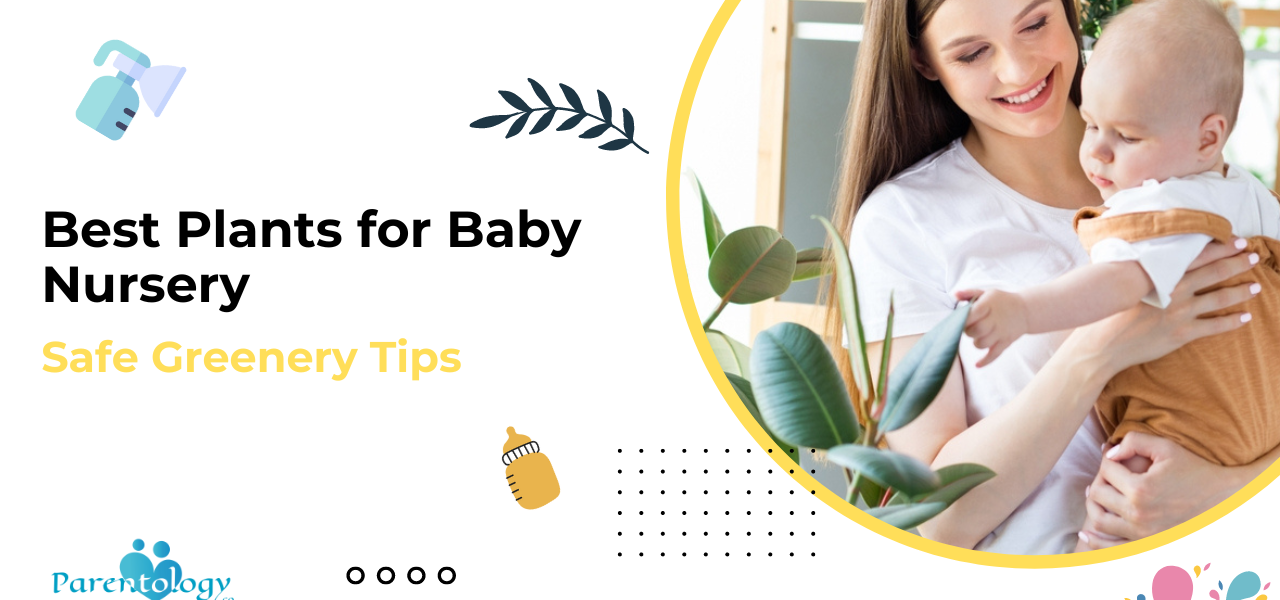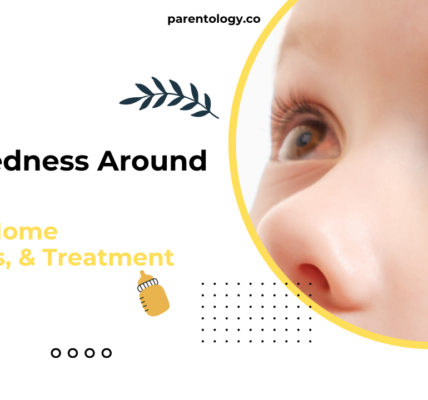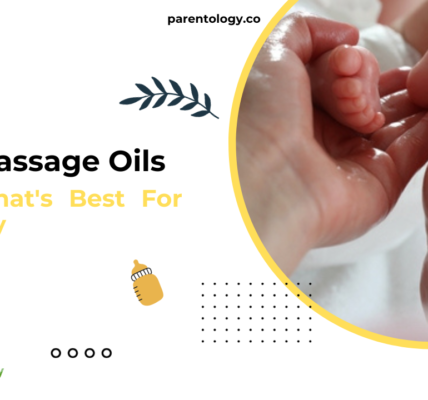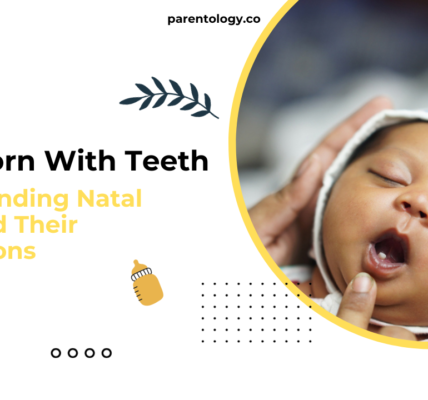Planting Safety: Best and Worst Houseplants for Baby Nurseries
In the heart of every nursery lies the desire for a safe and nurturing environment for our little ones to grow and thrive. One aspect often overlooked is the choice of houseplants. While greenery can add beauty and tranquility to a baby’s room, not all plants are safe for curious little explorers. In this guide, we’ll explore the best plants for baby nursery, ensuring a harmonious blend of safety and style.
The Importance of Choosing Safe Houseplants
When it comes to selecting plants for your baby’s nursery, safety is paramount. Certain houseplants can pose risks to curious infants and young children, ranging from mild irritation to more severe reactions if ingested. Choosing non-toxic and baby-friendly plants not only enhances the aesthetic appeal of the nursery but also provides peace of mind for parents.
Choosing the Best Plants for Baby Nursery
When selecting best plants for baby nursery, it’s essential to prioritize safety and suitability for indoor environments. Here are some popular options that are both safe for babies and easy to care for:
- Spider Plant (Chlorophytum comosum): Spider plants are known for their air-purifying properties and resilience, making them an excellent choice for nurseries. They are non-toxic and can tolerate a wide range of light conditions.
- Peace Lily (Spathiphyllum spp.): Peace lilies are prized for their elegant white blooms and ability to remove harmful toxins from the air. They thrive in low to moderate light and are relatively low-maintenance.
- Parlor Palm (Chamaedorea elegans): This compact palm species is safe for pets and children and thrives in low-light conditions, making it perfect for shady corners of the nursery.
- Rubber Plant (Ficus elastica): Rubber plants feature large, glossy leaves and are easy to care for, making them a popular choice for nurseries. They prefer bright, indirect light and regular watering.
- Baby Rubber Plant (Peperomia obtusifolia): As a smaller relative of the rubber plant, the baby rubber plant is compact and well-suited for smaller nursery spaces. It requires moderate light and infrequent watering.
- Boston Fern (Nephrolepis exaltata): Boston ferns are prized for their lush, feathery fronds and ability to thrive in humid environments. They prefer indirect light and regular misting to maintain humidity levels.
- Pothos (Epipremnum aureum): Pothos, also known as devil’s ivy, is prized for its trailing vines and heart-shaped leaves. It is exceptionally easy to care for and can tolerate low-light conditions.
Plants to Avoid in Baby Nurseries
While some plants are safe and beneficial, others should be avoided in baby nurseries due to their toxicity or potential hazards. Some common examples include:
- Dieffenbachia: Also known as dumb cane, this popular houseplant contains toxic compounds that can cause severe mouth irritation and difficulty swallowing if ingested.
- Philodendron: While prized for its attractive foliage, philodendron contains calcium oxalate crystals that can cause irritation and swelling if chewed or ingested.
- Snake Plant: Although revered for its air-purifying abilities, the snake plant can be toxic if ingested, leading to symptoms such as nausea, vomiting, and diarrhea.
small coconut tree, small jack fruit tree, small chaunsa mango tree, small alfanso mango tree is also be avoidable in baby’s room.
Creating a Safe Environment
In addition to selecting baby-friendly plants, it’s essential to take steps to ensure a safe environment in the nursery:
- Placement: Keep plants out of reach of curious hands by placing them on high shelves or suspended from the ceiling.
- Identification: Familiarize yourself with the names and characteristics of the plants in your nursery to quickly identify any potential hazards.
- Monitoring: Regularly inspect plants for signs of pests or damage, and promptly remove any wilted or decaying foliage to prevent mold growth.
Enhancing Nursery Atmosphere with Greenery
Incorporating plants into a baby’s room not only adds visual appeal but also contributes to a soothing atmosphere. The presence of greenery can help reduce stress levels and promote a sense of well-being for both parents and babies alike. With the right selection of best plants for baby nursery, you can create a tranquil oasis where your little one can rest, play, and grow.
Best Practices for Plant Care
While selecting safe and best plants for baby nursery is essential, proper care and maintenance are equally important. Here are some tips for ensuring the health and longevity of your nursery plants:
- Watering: Establish a regular watering schedule based on the specific needs of each plant. Avoid overwatering, as excessive moisture can lead to root rot and other issues.
- Lighting: Place plants in areas with adequate natural light, taking care to avoid direct sunlight, which can cause leaf burn. If natural light is limited, consider supplementing with grow lights to ensure healthy growth.
- Fertilizing: Use a gentle, balanced fertilizer formulated specifically for houseplants to provide essential nutrients without overwhelming delicate root systems.
- Pruning: Regularly remove dead or yellowing leaves and spent blooms to promote new growth and maintain the plant’s overall health and appearance.
- Pest Control: Keep an eye out for common indoor pests such as aphids, spider mites, and mealybugs. If infestations occur, treat affected plants promptly with natural or organic pest control methods.
Additional Tips for Plant Selection and Care
In addition to the recommended best plants for baby nursery, here are some further considerations and tips to ensure a safe and thriving indoor environment:
- Avoid Toxic Plants: Some common houseplants, such as philodendrons, pothos, and certain varieties of ivy, can be toxic if ingested. Be sure to research the toxicity of any plant before introducing it to your baby’s nursery.
- Consider Allergies: While rare, some babies may be sensitive to pollen or other allergens produced by certain plants. If you suspect your baby has allergies, consult with a pediatrician before introducing plants to the nursery.
- Monitor Humidity Levels: Many indoor plants, especially tropical varieties like ferns and orchids, thrive in humid conditions. Monitor the humidity levels in your baby’s nursery and consider using a humidifier to maintain optimal levels, especially during drier months.
- Regular Maintenance: Proper care and maintenance are essential for keeping indoor plants healthy and vibrant. This includes watering as needed, removing dead or yellowing leaves, and periodically fertilizing to promote growth.
- Rotate Plants: To ensure even growth and prevent plants from becoming lopsided, rotate them periodically to expose all sides to light. This can help maintain balanced growth and prevent overcrowding in one direction.
- Be Mindful of Sunlight: While most indoor plants prefer bright, indirect light, direct sunlight can be harmful, causing leaves to burn or plants to wilt. Position plants away from windows or use sheer curtains to filter sunlight if necessary.
- Introduce Plants Gradually: If you’re unsure how your baby will react to indoor plants, consider introducing them gradually and monitoring for any signs of sensitivity or discomfort.
- Educate Yourself: Take the time to learn about the specific care requirements of each plant in your baby’s nursery. This includes understanding their watering needs, preferred light levels, and any potential issues to watch for.
Conclusion
In conclusion, incorporating best plants for baby nursery can offer numerous benefits, from purifying the air to creating a soothing and aesthetically pleasing environment. By selecting safe and non-toxic varieties, maintaining proper care routines, and considering factors such as light and humidity levels, you can create a nurturing space that promotes your baby’s health and well-being. With a thoughtful approach to plant selection and care, you can enjoy the beauty of nature indoors while providing a safe and harmonious atmosphere for your little one to grow and thrive. Learn more from Parentology.co.
FAQs about Best Plants for Baby Nursery
-
Are all houseplants safe for baby nurseries?
While many houseplants are safe for nurseries, some species may be toxic if ingested. It’s essential to research each plant’s toxicity level before bringing it into your baby’s room.
-
Can plants improve indoor air quality in nurseries?
Yes, certain houseplants, such as spider plants and peace lilies, are known for their air-purifying abilities and can help remove harmful toxins from indoor air.
-
How can I ensure my nursery plants stay healthy?
Maintain proper watering, lighting, and humidity levels, and regularly inspect plants for signs of pests or disease. Promptly address any issues to prevent them from spreading.
-
Are there any low-maintenance plant options for busy parents?
Yes, several low-maintenance houseplants, such as pothos and snake plants, require minimal care and are well-suited for busy parents.
-
Should I avoid flowering plants in my baby’s nursery?
While flowering plants can add beauty to a nursery, some may produce pollen or fragrances that could trigger allergies in sensitive individuals. Consider opting for non-flowering varieties if allergies are a concern.





